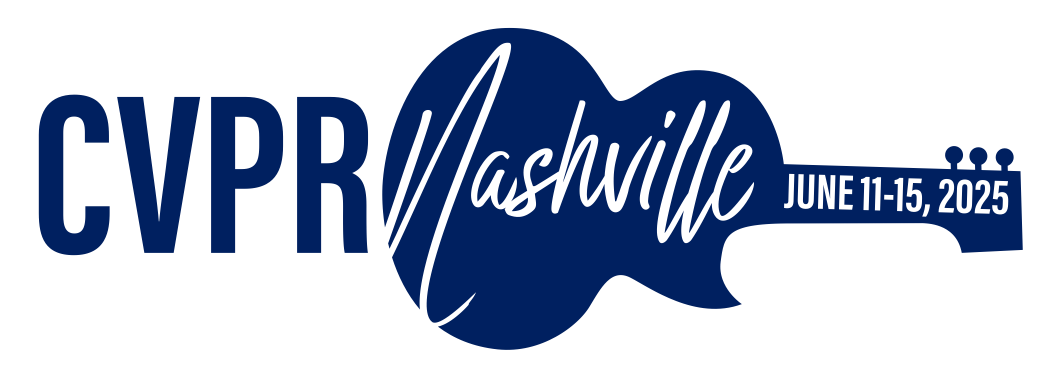-
[pdf]
[supp]
[bibtex]@InProceedings{Kumari_2025_CVPR, author = {Kumari, Suruchi and Singh, Pravendra}, title = {Leveraging Fixed and Dynamic Pseudo-Labels in Cross-Supervision Framework for Semi-Supervised Medical Image Segmentation}, booktitle = {Proceedings of the IEEE/CVF Conference on Computer Vision and Pattern Recognition (CVPR) Workshops}, month = {June}, year = {2025}, pages = {3500-3510} }
Leveraging Fixed and Dynamic Pseudo-Labels in Cross-Supervision Framework for Semi-Supervised Medical Image Segmentation
Abstract
The core of semi-supervised medical image segmentation lies in accurately assigning pseudo-labels to pixels in unlabeled images. Various methods utilize a framework in which two or more models are trained simultaneously on the same data but with different views. Each model generates pseudo-labels for the unlabeled data, which are then used to train the other models. However, in these methods, labeled data with precise ground truths typically leads to faster convergence than unlabeled data. As a result, the supervised task can dominate the training process, and unlabeled data is often used suboptimally. To tackle this issue, we propose a novel approach called CoTwin, which employs Cross-Supervision learning with fixed and dynamic pseudo-labels to utilize unlabeled data effectively. CoTwin generates two pseudo-semantic masks for each unlabeled image to guide the learning process of another model and increase the contribution of unlabeled data in the learning framework. To generate these dual labels, we utilize the Dynamic Pseudo-Label Generation (DPLG) module that produces two pseudo-labels: the conventional fixed and the newly introduced dynamic pseudo-label. The dynamic nature of the pseudo-label introduces diversity during training, enhancing the model's ability to learn new patterns from the unlabeled data. Our approach increases the contribution of unlabeled data in the learning framework and ensures balanced learning between labeled and unlabeled data. Our approach significantly outperforms state-of-the-art methods across various medical benchmark segmentation datasets with different labeled data ratios. Additionally, we present several ablation experiments to demonstrate the effectiveness of the components used in our approach
Related Material





